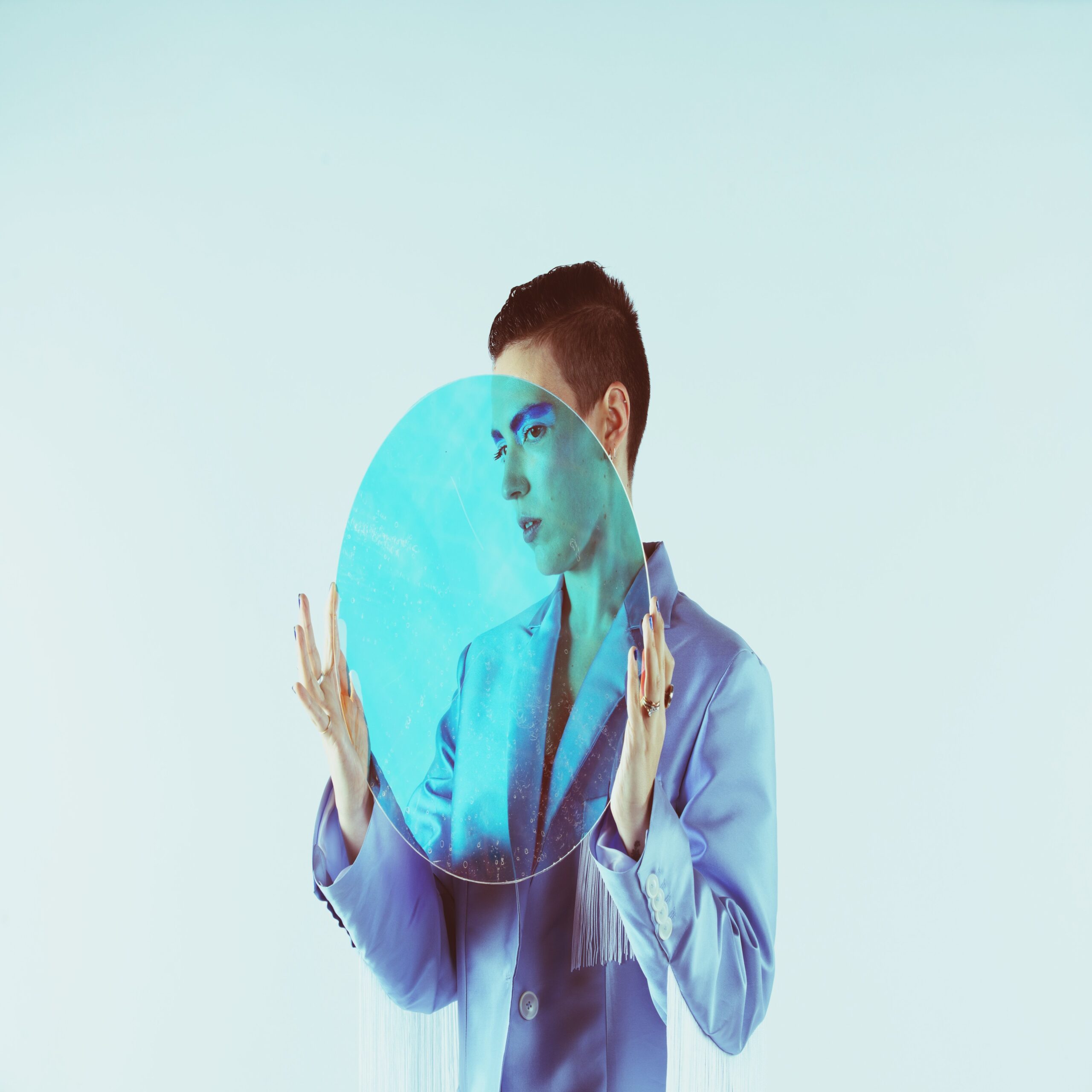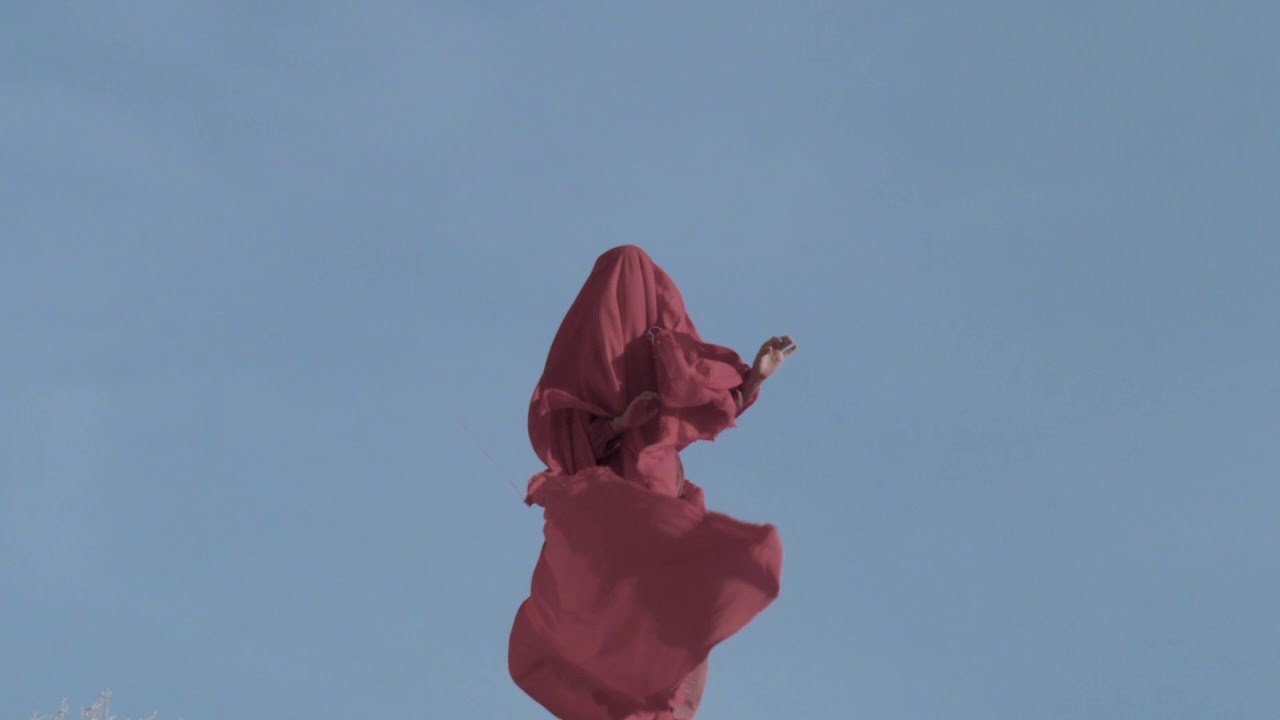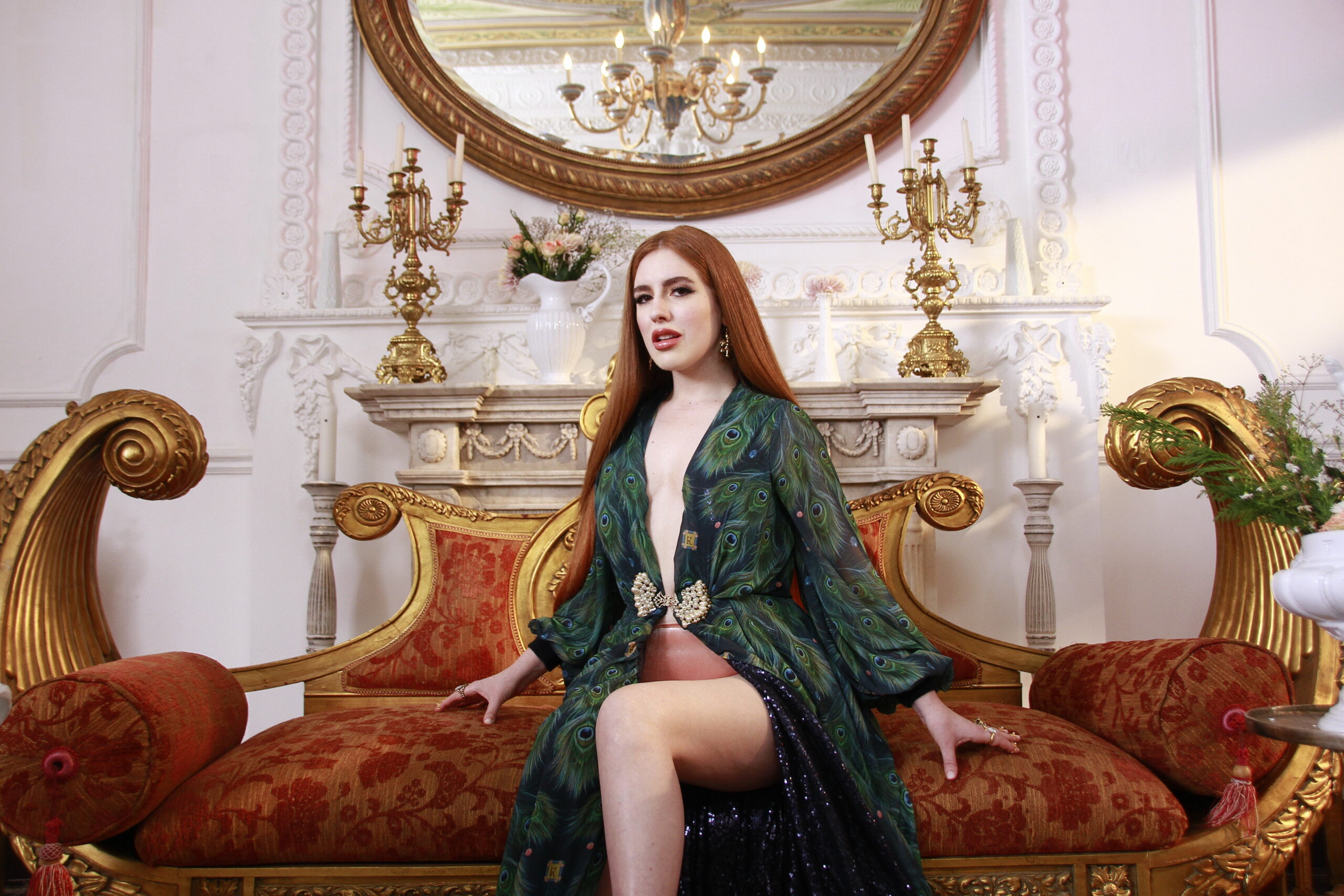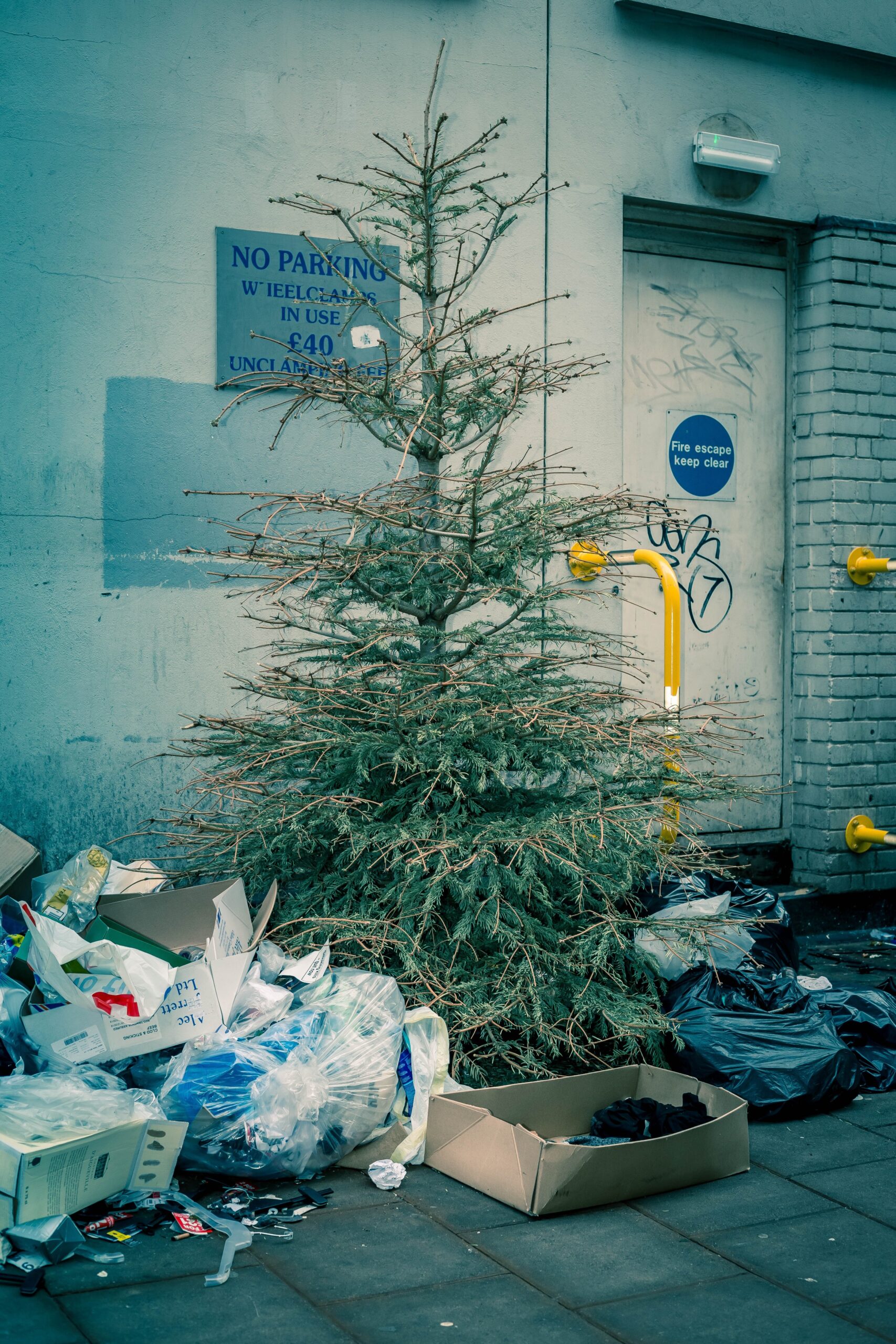
@elliepritts
There’s a good chance that you’ve heard Drum & Lace already, even if you aren’t aware of her by name.
The Italian composer, Sofia Hultquist, has been described as a “sound artist.” Her work, which often combines cinematic elements with ambient electronica and contemporary classical composition, has been featured in films such as The First Monday in May, The Gospel According to Andre, and Invisible Hands. If you haven’t seen any of these films, then perhaps you will come across her music in the scores for the upcoming HBO documentary, At the Heart of Gold, or the AppleTV+ series, Dickinson.
As an extremely versatile and unbridled composer, it is nearly impossible to boil her work down to a simple soundbite. So we asked Drum & Lace to provide some insight into her forthcoming album, Semi Songs, in her own words:
Your forthcoming album, Semi Songs, takes the listener on a riveting journey from anxiety (“Outsider Complex Pt.1”) to a quieter (perhaps solitary?) nature-driven meditation (“Parhelion and “Gardenia”), only to wind up in a renewed state of anxiety. Would you care to let listeners in on what sort of experiential arc and/or message is intended with this circular form (if any)?
I’m glad that this comes across when listening to the record! The way that Semi Songs was structured was very intentional and was put together to resemble how I’ve felt in the past about various situations and life in general. Starting off the record with the frantic riff of “Outsider Complex Part 1,” which is all about anxiety and vulnerability, felt appropriate, because when you do get hit with those feelings, they come on suddenly and sometimes out of nowhere. That track and its “riff” help catapult the rest of the emotional kick that follows on the record.
The next piece, “Parhelion,” is a slight step into the positive on an emotional level, and it was inspired by the concept of courage and discovery, but also deception. There is a nature element to this piece—a parhelion is an atmospheric phenomenon that causes you to see multiple suns, and I thought that was the perfect analogy for what I was feeling—this sense of duality. Unlike “Outsider Complex Part 1” and “Part 2,” both “Parhelion” and “Gardenia’s” perspectives are internal and self-checking/preserving.
“Gardenia” is the most personal of all the pieces and explores my relationship with love and loss, focusing in particular on my relationship with my mother. Relationships with parents can be beautiful, but also inexplicably difficult, and this piece felt like a way to dive deeper and explore things and feelings that I have internalized that have often caused me pain and joy.
When we finally do get back to “Outsider Complex Part 2,” there is still definitely a bit of a state of chaos. But, hopefully, the listener will also feel a sense of resolution—like we’ve gone on this ride, and now that opening “riff” feels just a little different and sounds more hopeful and anticipatory. Maybe “Outsider Complex Part 2” won’t read like that to everyone, and instead it’ll instill a sense that we’ve still, somehow, wound up in the same place we started. Breaking a cycle is not always easy, and for me it was about letting myself be vulnerable enough to be able to arrive at a place where something like “Outsider Complex Part 2” would feel different.
As a composer, when an idea for a piece comes to you, does it tend to come in a particular instrument or instrument family? Do you tend to hear the entire ensemble at once, or do you hear, say, a particular melody and then build from there? Or maybe it’s something else entirely?
Great question! More often than not, I’ll start writing on piano or will start singing a specific melodic idea that I then lay out either on piano or with a specific sound, if that’s what I’m hearing. Once an idea is written down, somewhat, that’s when I’ll often “hear” the rest of the instrumentation. There are also a lot of times when I set out to write something for a specific set of instruments, which makes it both easier and harder, as then you are having to work with a pre-determined palette. I think this is why, right now, I like the idea of writing for smaller ensembles and electronics. It gives me structure with the “real” instruments and then allows for me to add any other elements via electronics […] As a final thought on this all, I’ll just say that I love the cello, so most of what I compose will always have one or more cellos!
You have had a rather fruitful career in music composition, which is not necessarily an easy space to navigate. Do you have any advice to offer aspiring composers who might be reading this article, either regarding the composition process itself or anything else?
Thank you. I feel like I’m very much at the beginning of what I’m hoping will continue to be a really fulfilling career! It’s definitely not been easy, and like with all creative and freelance work, it’s all about the ups and downs and being able to navigate that. What I think has really helped me is that even when I’m not composing for a specific project or film, I’m always writing. And when I do, I try to write what feels good to me and what sounds right to me, without trying to fit into any sort of musical trend. […] And it’s also equally important to have your own voice—make sure your personality comes across in your music. It’s all about the give and take, but being able to stick with the great moments and hardships will get you really far!
Semi Songs will be released on Friday, 7/19!
At the Heart of Gold (Original Motion Picture Soundtrack)
- Carly Simon Finally IDs The Douche Who Inspired You’re So Vain … ›
- Kiran Gandhi Defends Running London Marathon While Period … ›
- Stevie Nicks, Pretenders Cast Spell on Madison Square Garden … ›
- Don’t Stop the Music: All of Rihanna’s 125 Songs, Ranked From … ›














